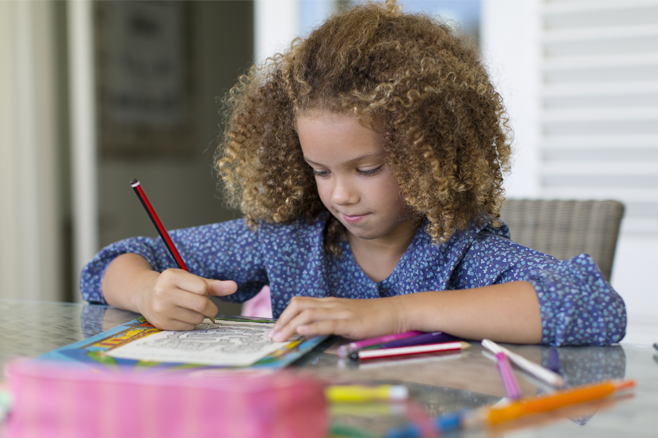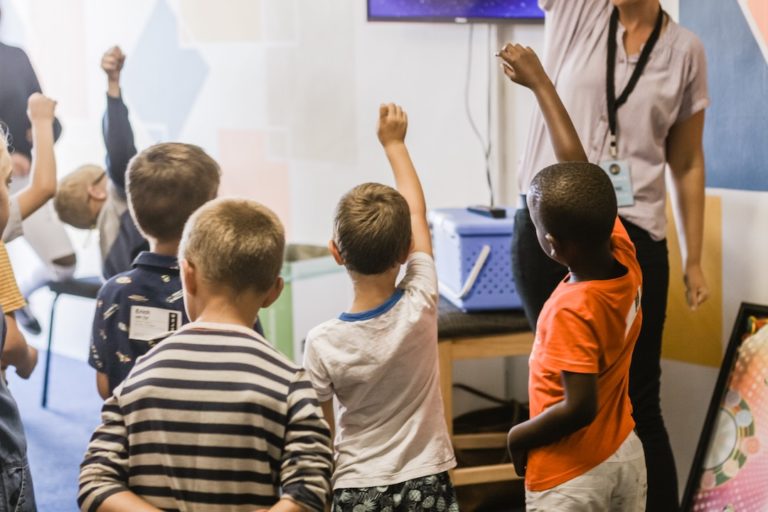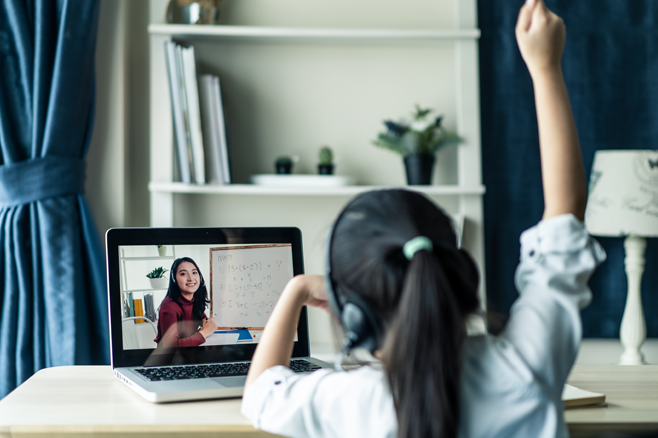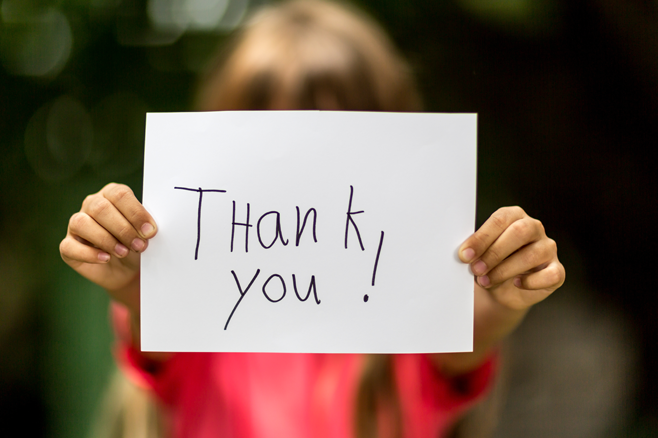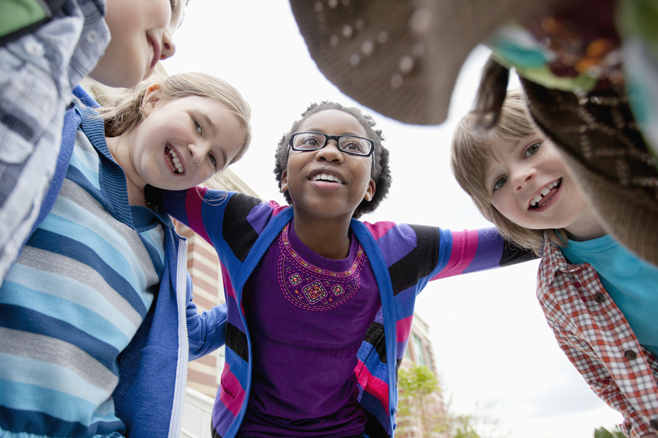Expressive Art and Sensory-Based Interventions
 The somatic effects of stress and trauma have been long misunderstood, or identified as symptoms of a terror experience that left no apparent physical injury or scar. However, advances in science now confirm the invisible wounds of trauma are imprinted and stored within the central nervous system of the body (Stanley, 2019; van der Kolk, 2015). Access to emotions through a process that is aware and connected with internal sensations (temperature, body position, muscle tension, respiratory rate, heart rate, and other internal somatic sensations) is translated to have emotional meaning. This is possible through the use of expressive arts because the engagement with art materials along with the concrete visual imagery allow for easier access to emotions than through verbal communication alone (Kaminski-Cohen & Weihs, 2016).
The somatic effects of stress and trauma have been long misunderstood, or identified as symptoms of a terror experience that left no apparent physical injury or scar. However, advances in science now confirm the invisible wounds of trauma are imprinted and stored within the central nervous system of the body (Stanley, 2019; van der Kolk, 2015). Access to emotions through a process that is aware and connected with internal sensations (temperature, body position, muscle tension, respiratory rate, heart rate, and other internal somatic sensations) is translated to have emotional meaning. This is possible through the use of expressive arts because the engagement with art materials along with the concrete visual imagery allow for easier access to emotions than through verbal communication alone (Kaminski-Cohen & Weihs, 2016).
Immutable research on how children most effectively heal from trauma-related mental health reactions encourages Starr’s movement further away from cognitive approaches and instead promotes the use of expressive art interventions, play-based activities, and attachment-based strategies. For example, play interventions for difficulties such as fear and anxiety have a strong research base that has continued for over the past 50 years. Art therapy provides a tactile experience that induces body sensations and emotions, increasing emotionality ratings and positive affect when compared to verbal processing alone (Czeamanski-Cohen & Weihs, 2016). Additionally, creating art is a personal integrative experience – an experience of flow that increases functional connectivity in the brain and brings an increase in qualities of resilience (Bolwerk et al, 2014). All are interactive treatment modalities, utilizing both mind and body which further strengthen connection and attachment (Porges, 2005).
Starr’s intervention programs and training rely heavily on expressive art and other sensory-based activities. Watch an example from my course Structured Sensory Interventions II, and find our best offerings below to get started with the children you work with today!
Bolwerk, A., Mack-Andrick, J., Lang, F. R., Dorfler, A., & Maihofner, C. (2014). How art changes your brain: Differential effects of visual art production and cognitive art evaluation on function brain connectivity. PLOS ONE, 9 (7), e101035. Doi:10.1371/journal.pone.0101035.
Czamanski-Cohen, J., & Weihs, K. L. (2016). The bodymind model: A platform for studying the mechanisms of change induced by art therapy. The Arts in psychotherapy, 51, 63-71.
Kaminski-Cohen, J. & Weihs, K.L. (2016). The Bodymind Model: A platform for studying the mechanisms of change induced by art therapy. The Arts in Psychotherapy, 51, 63 – 71.
Porges, S. W (2005). The role of social engagement in attachment and bonding. Attachment and Bonding, 33 – 54.
Stanley, E. (2019). Widen the window: Training your brain and body to thrive during stress and recover from trauma. Penguin Books.
Van der Kolk, B. A. (2015). The body keeps the score: Brain, mind, and body in the healing of trauma. Penguin Books.

